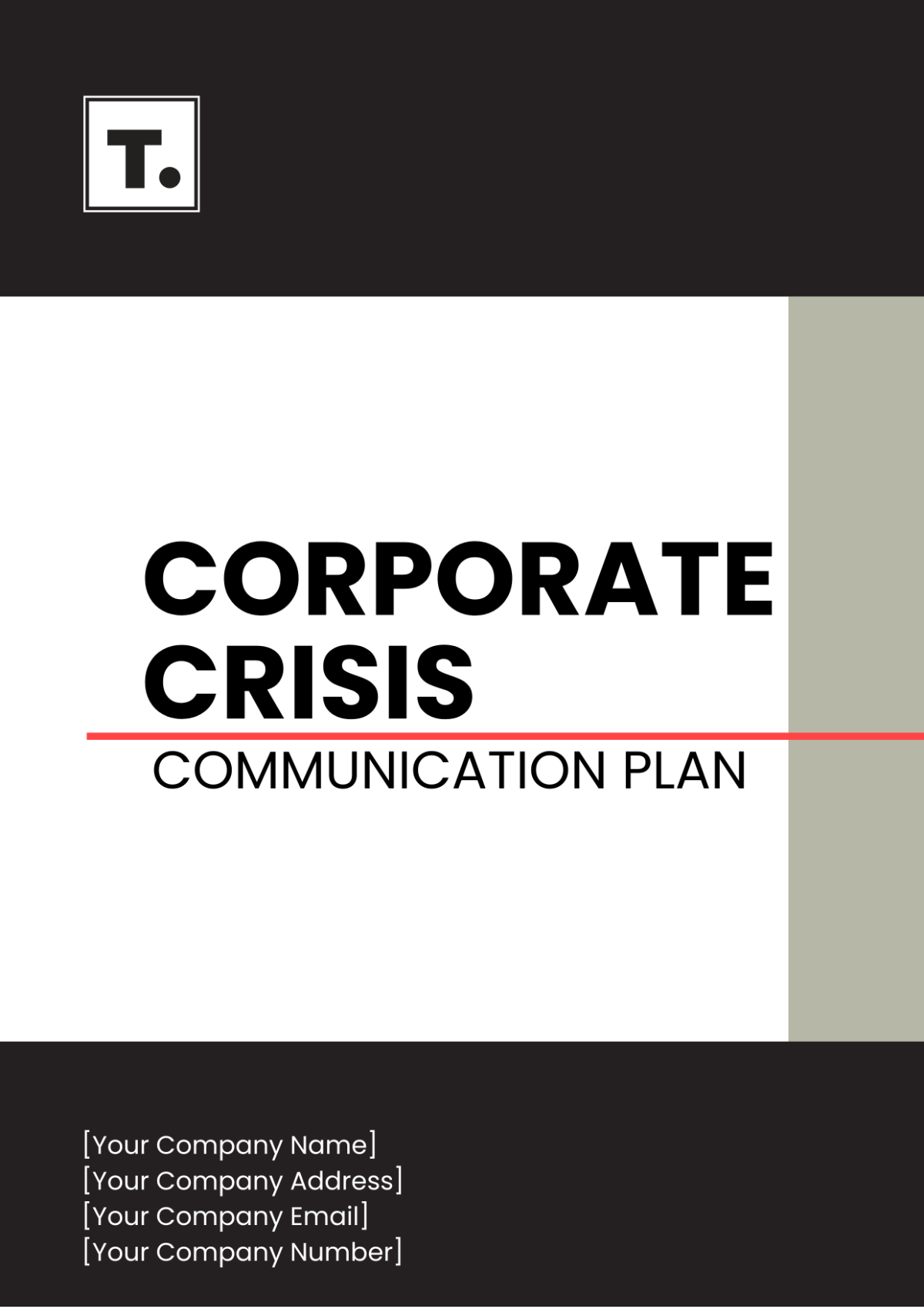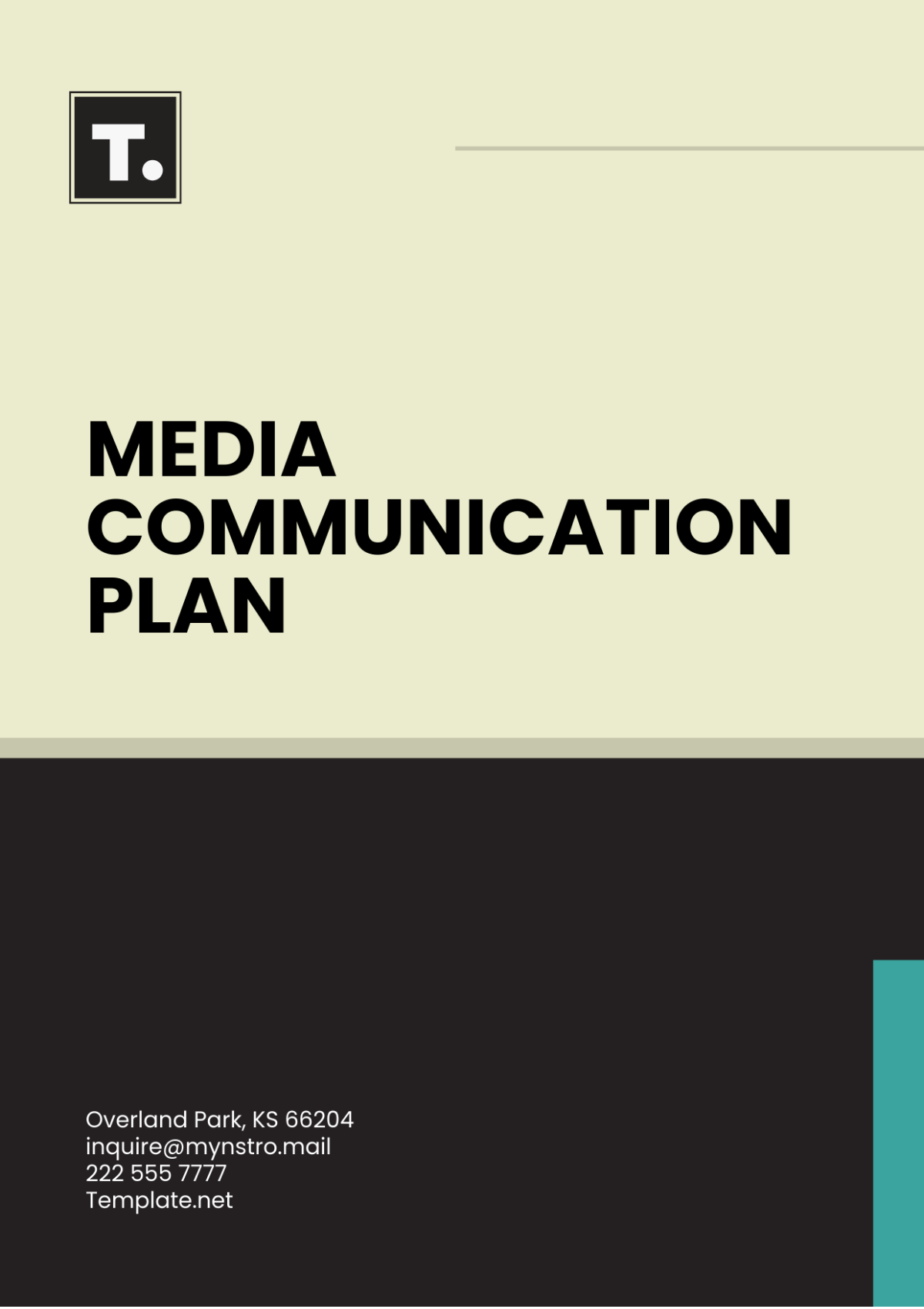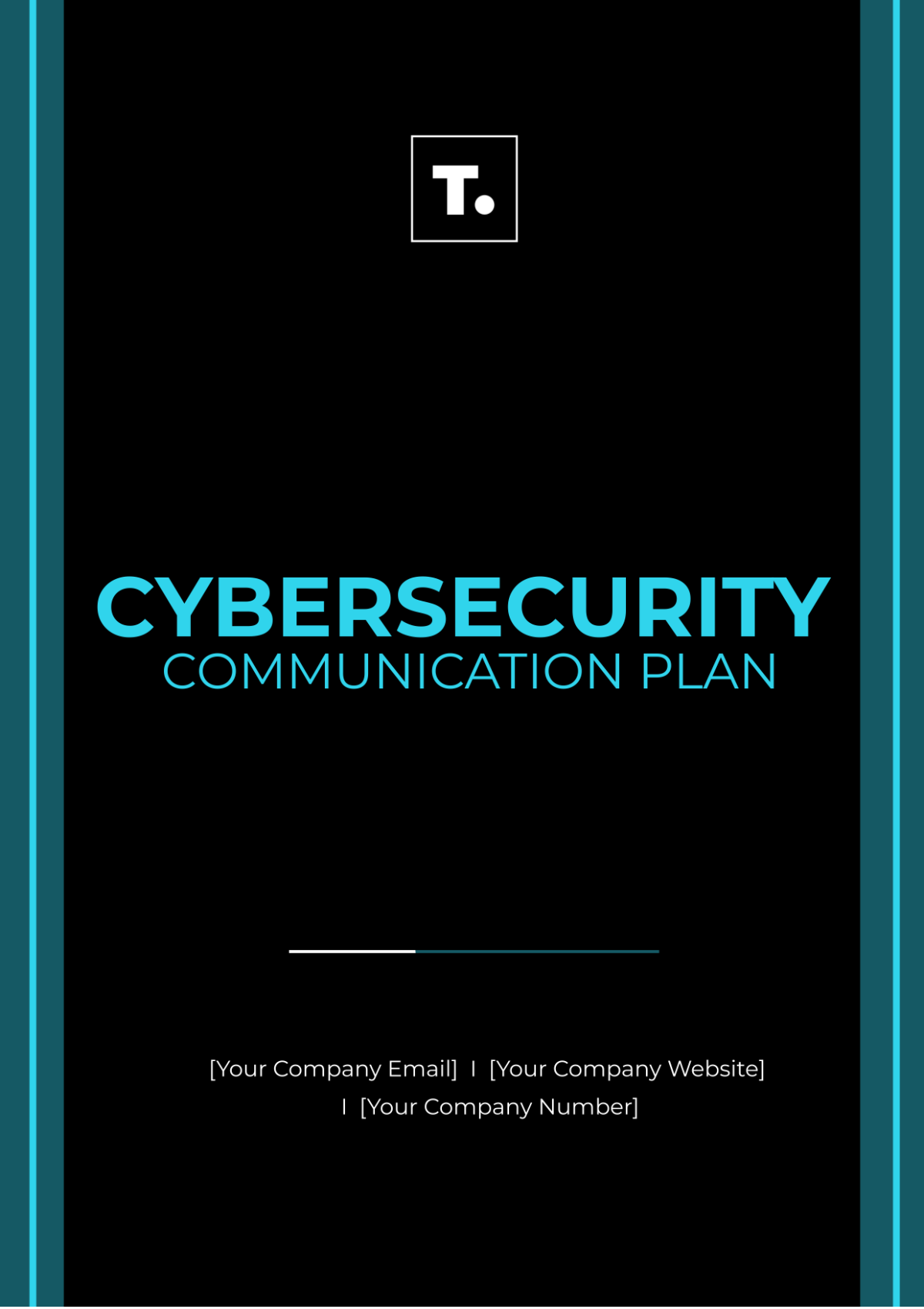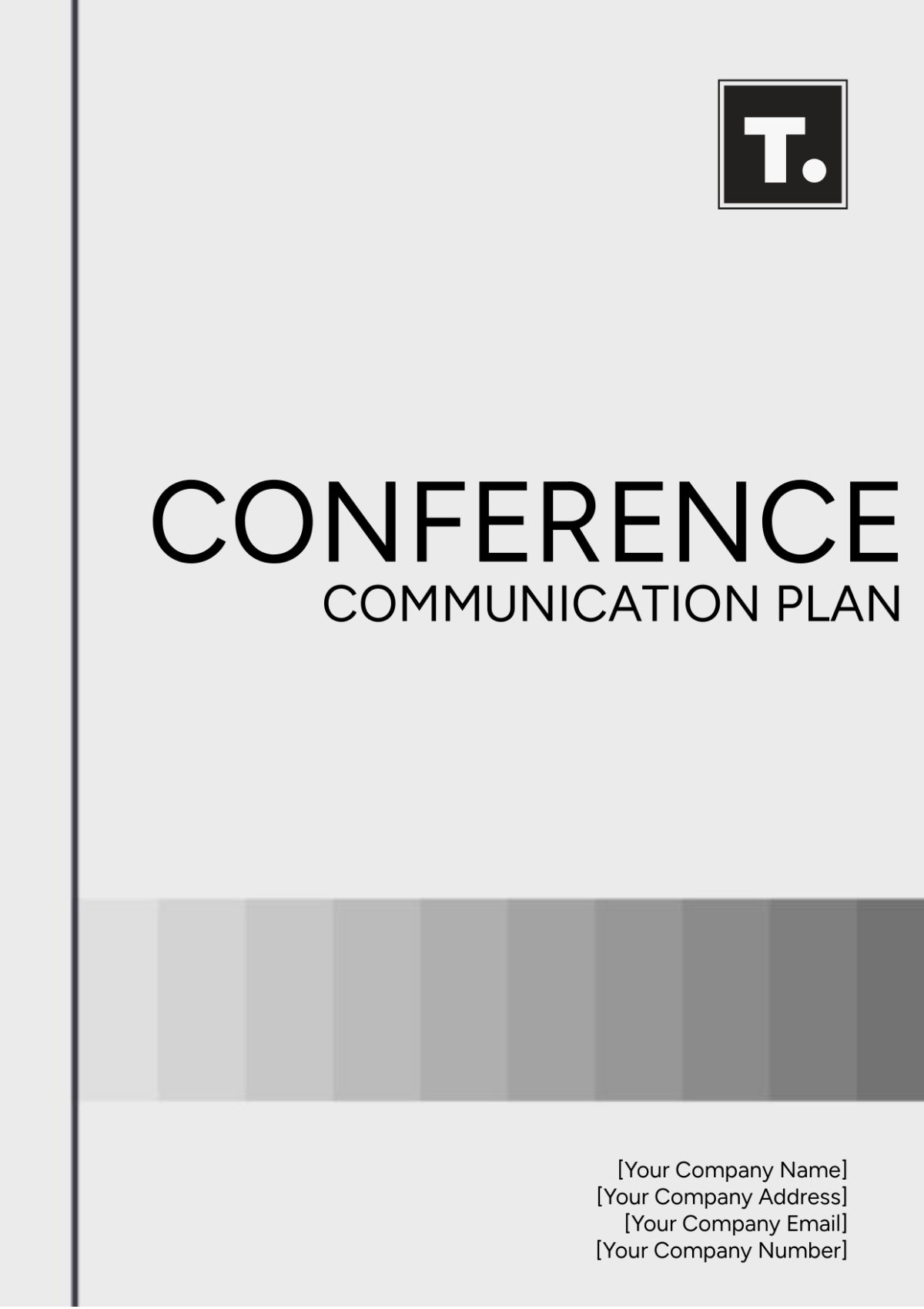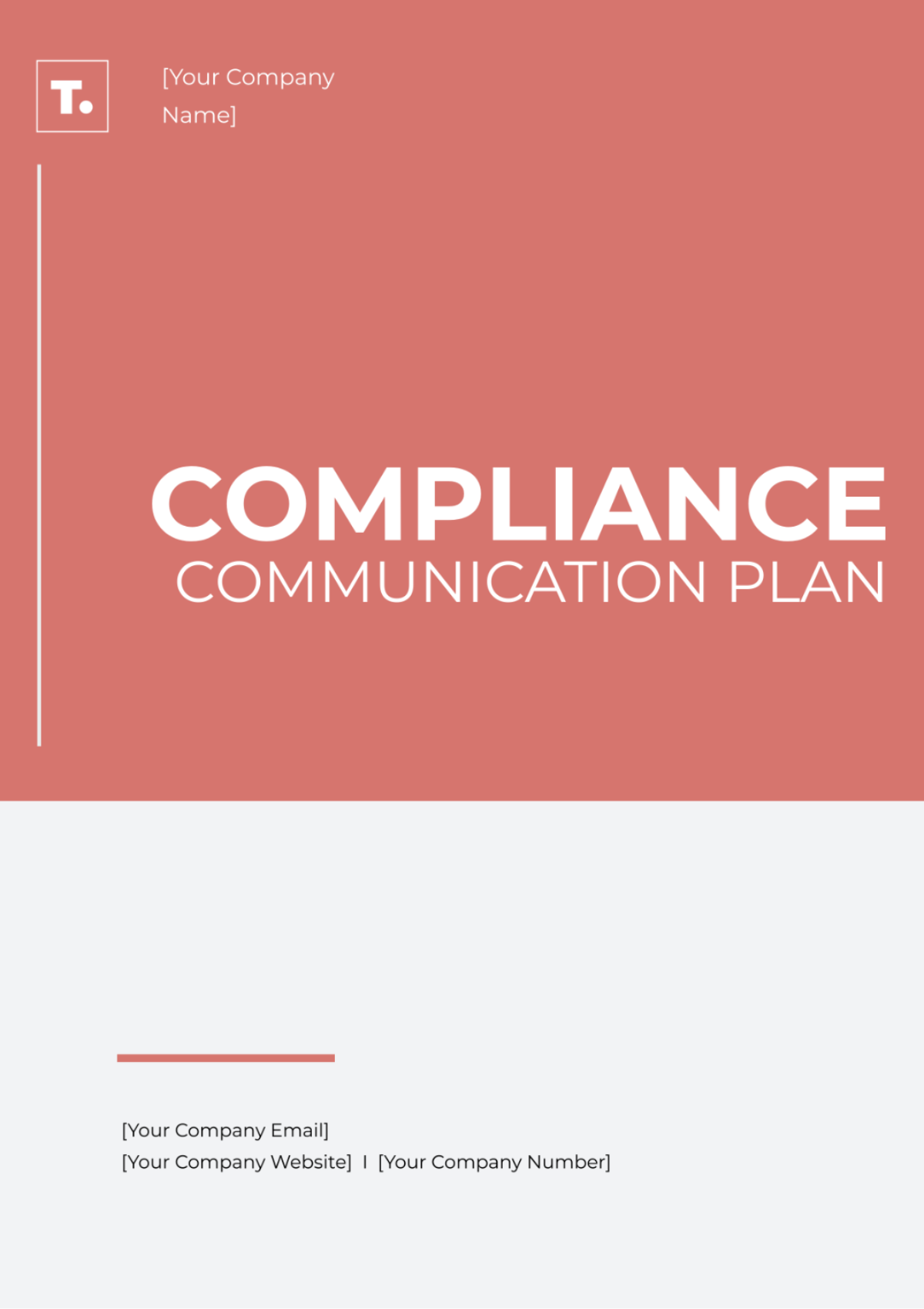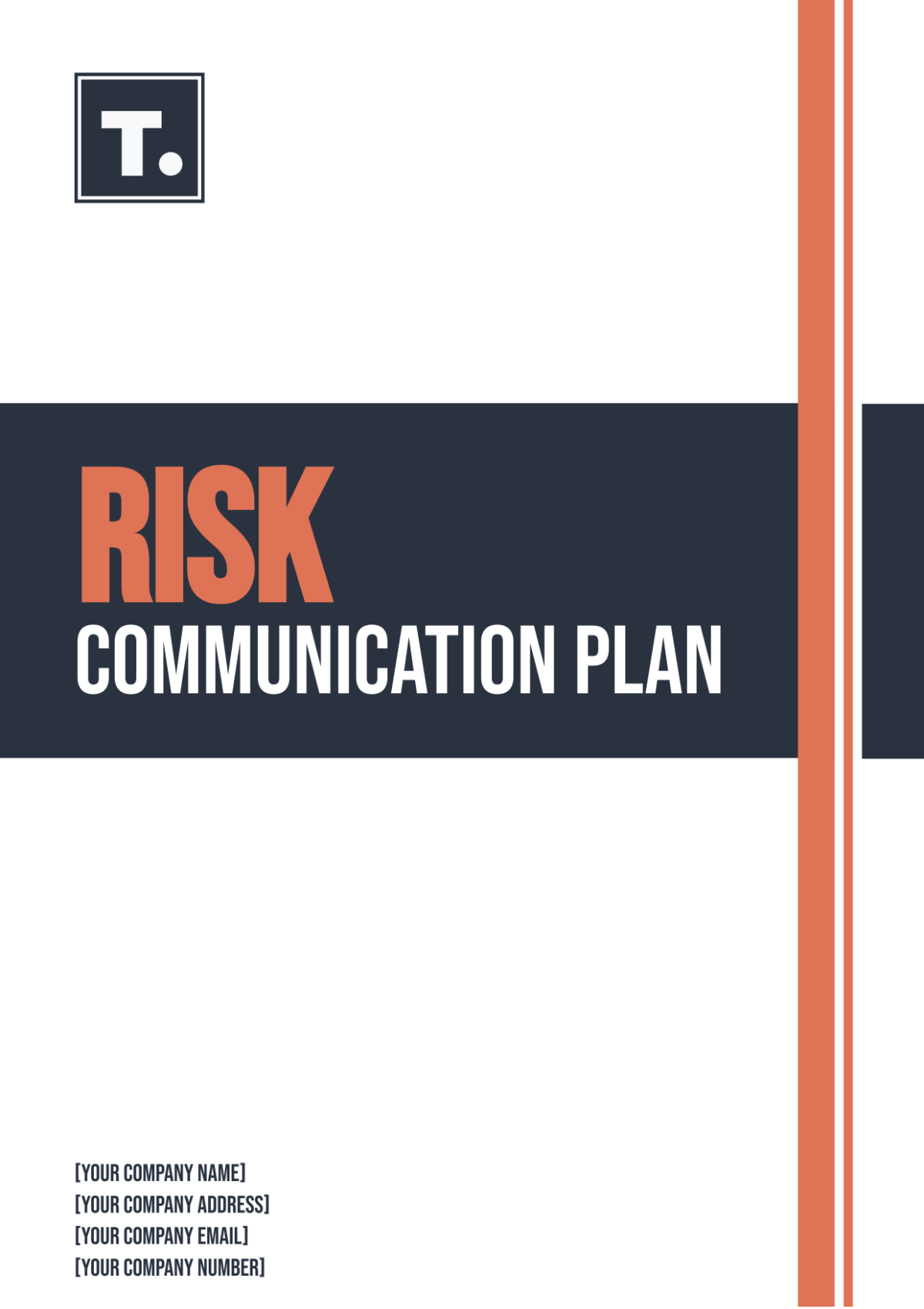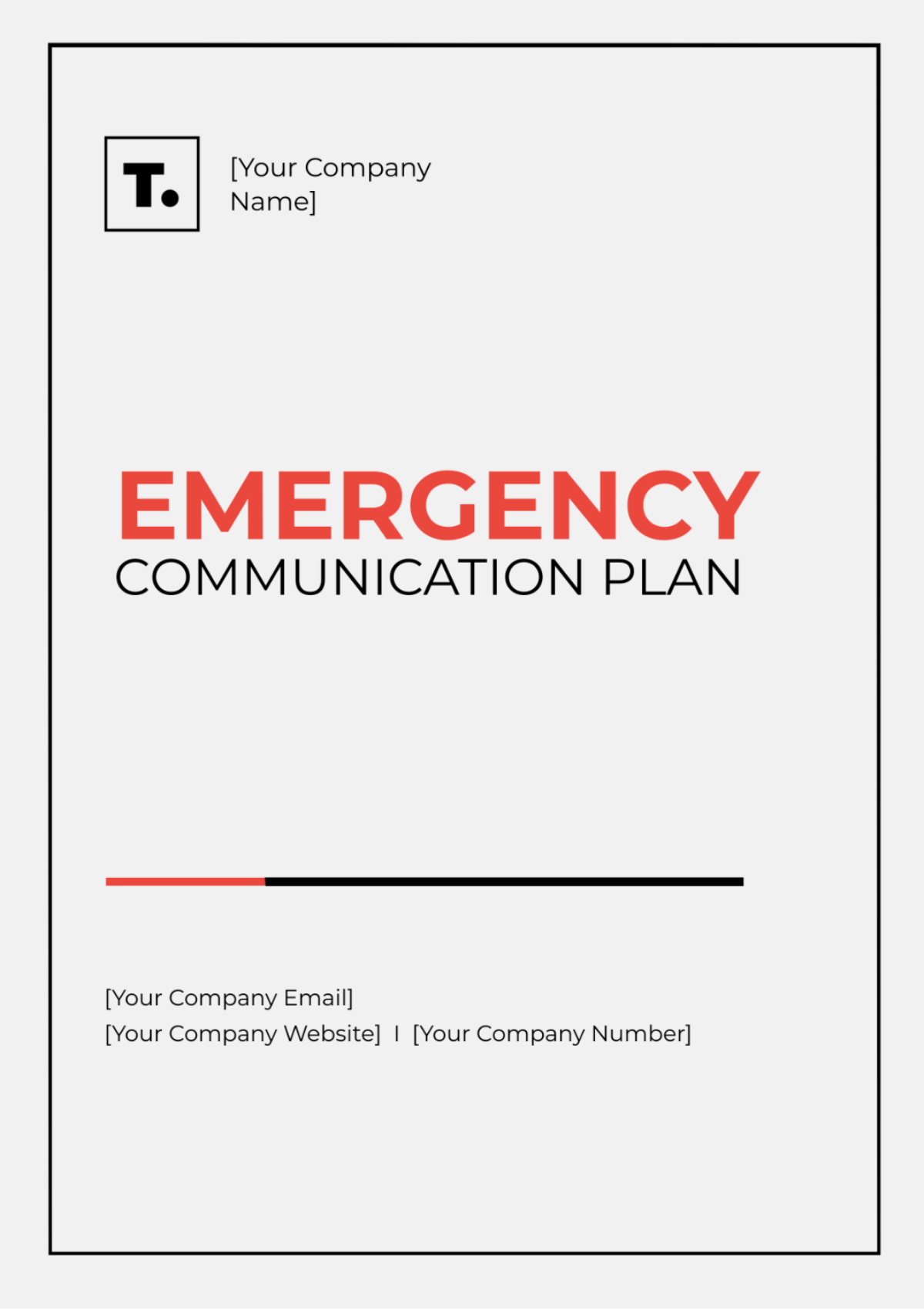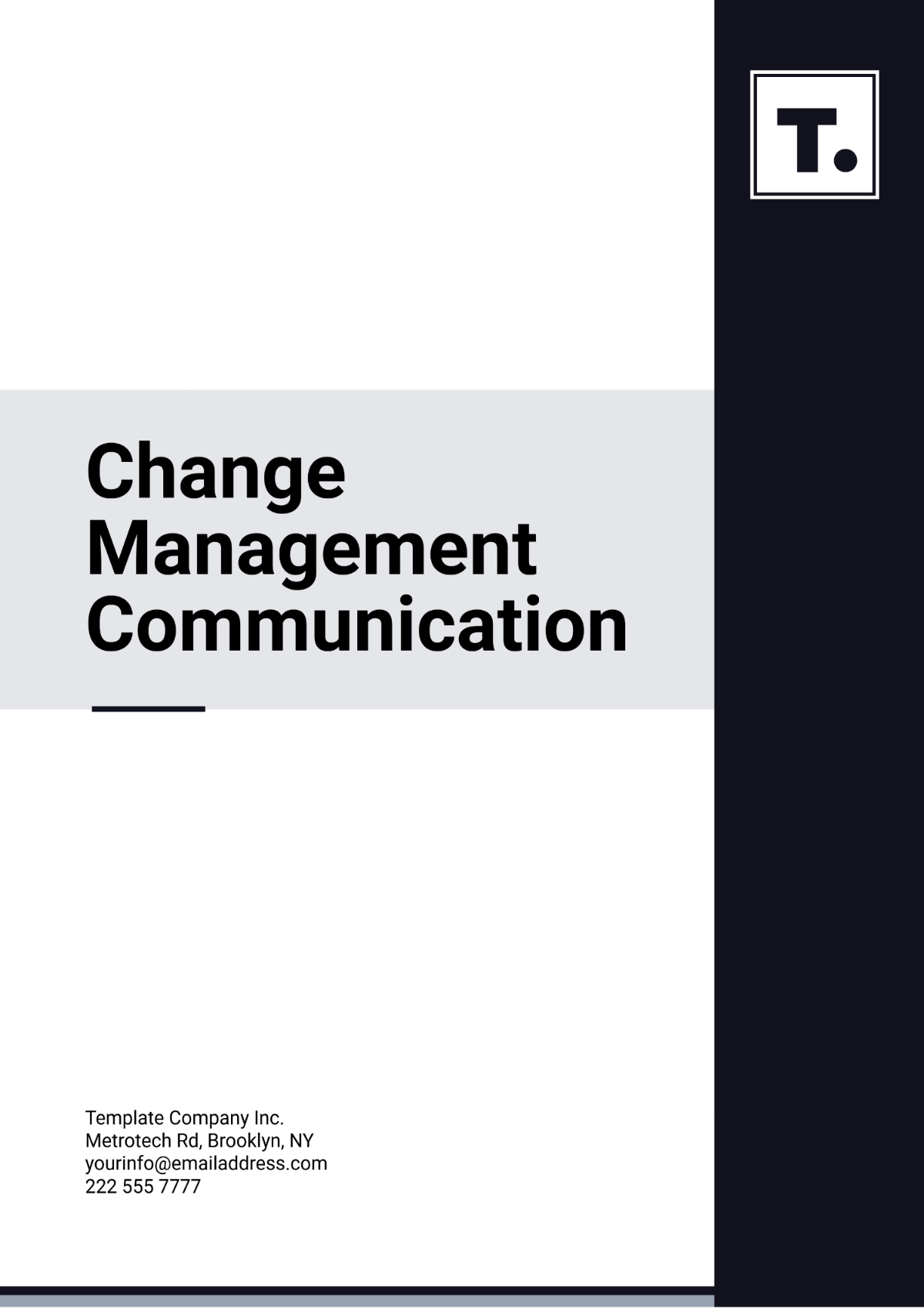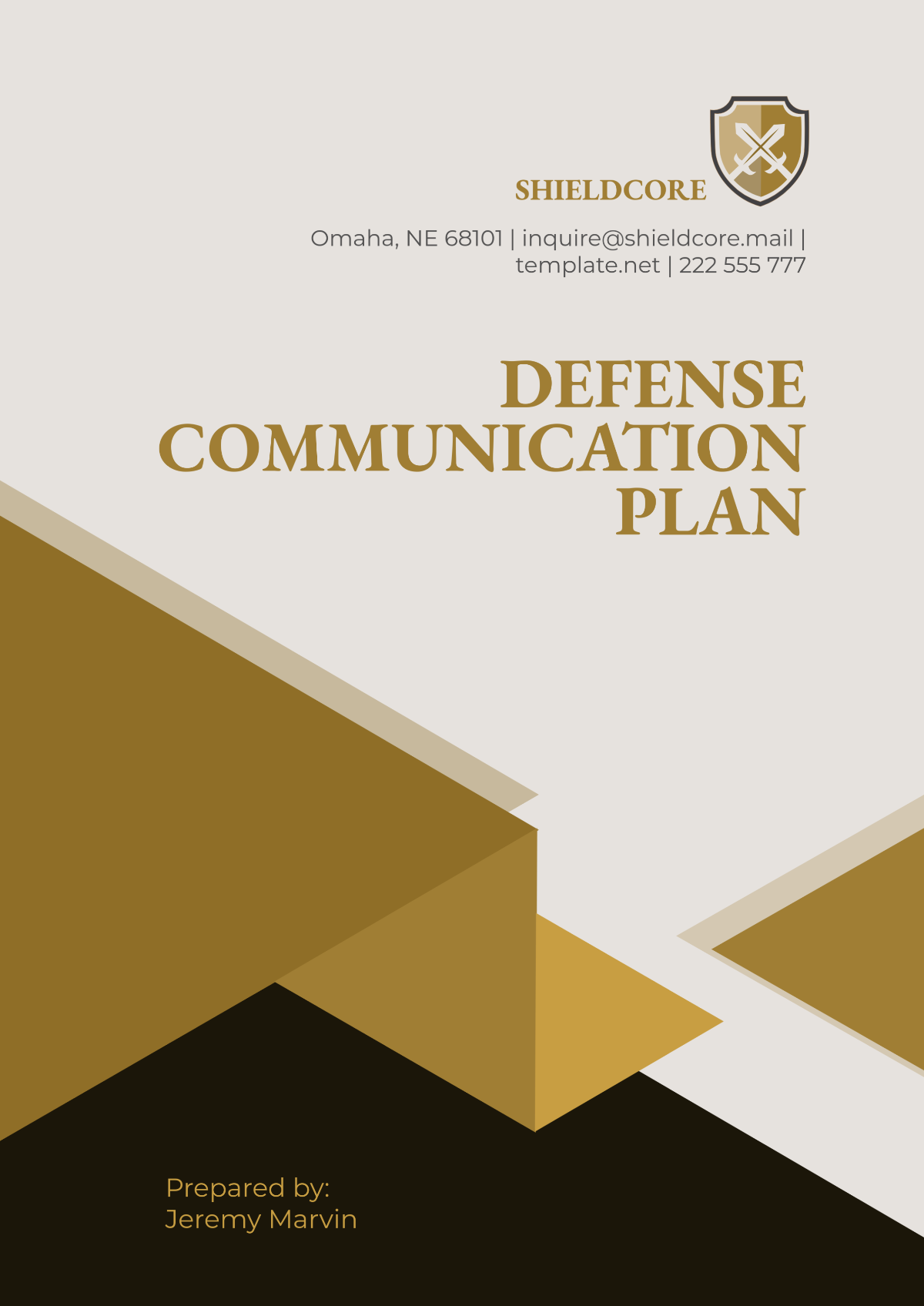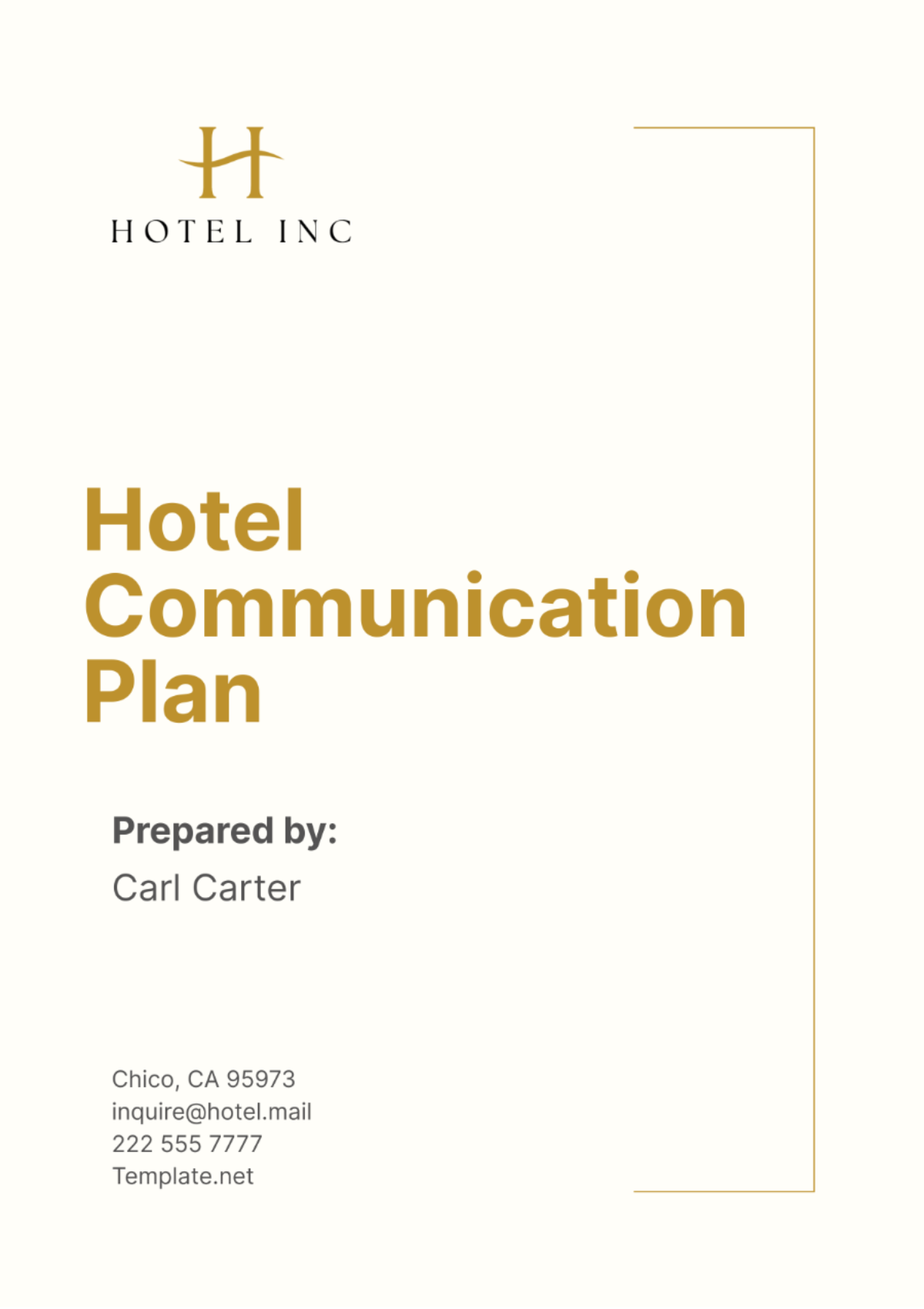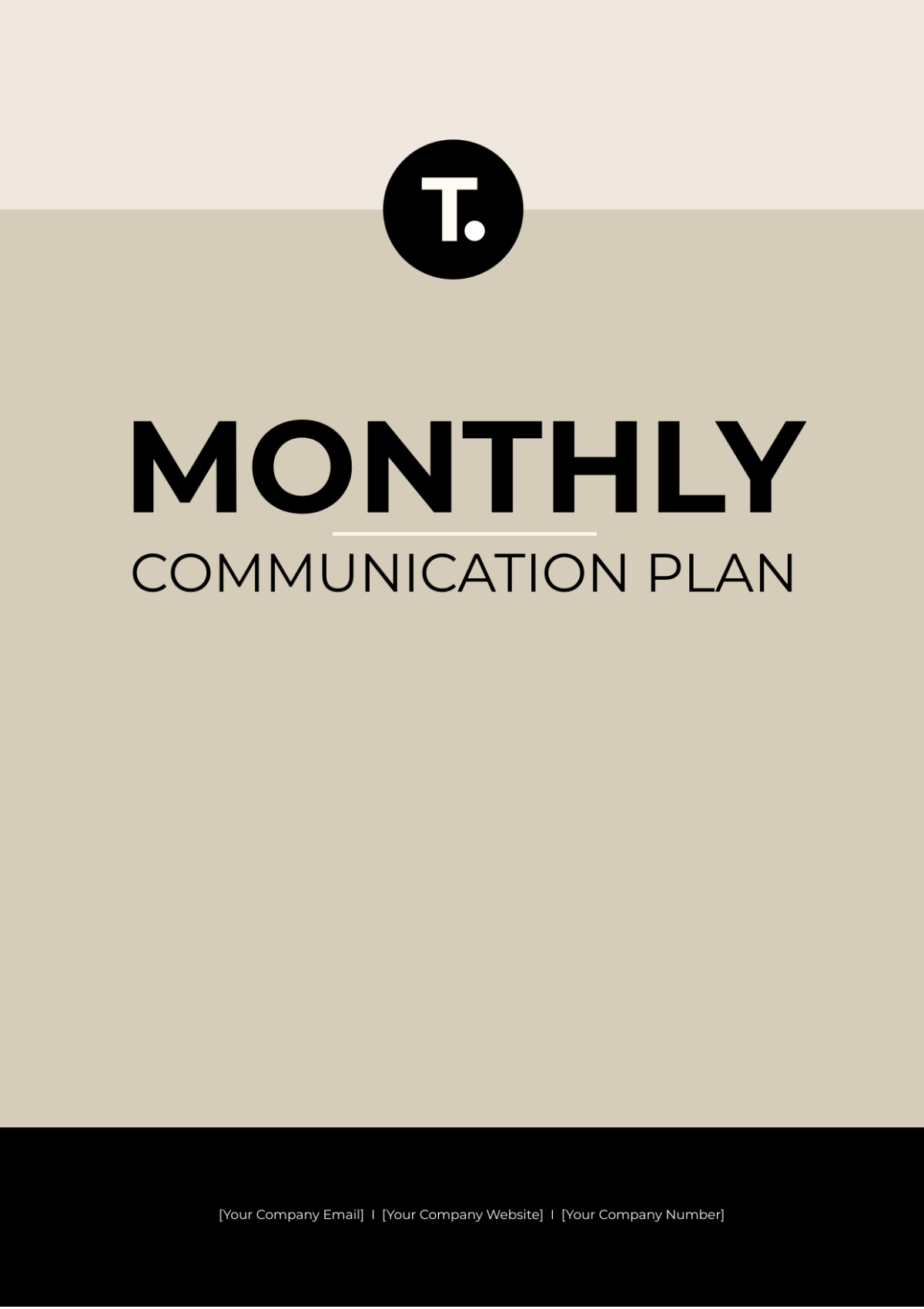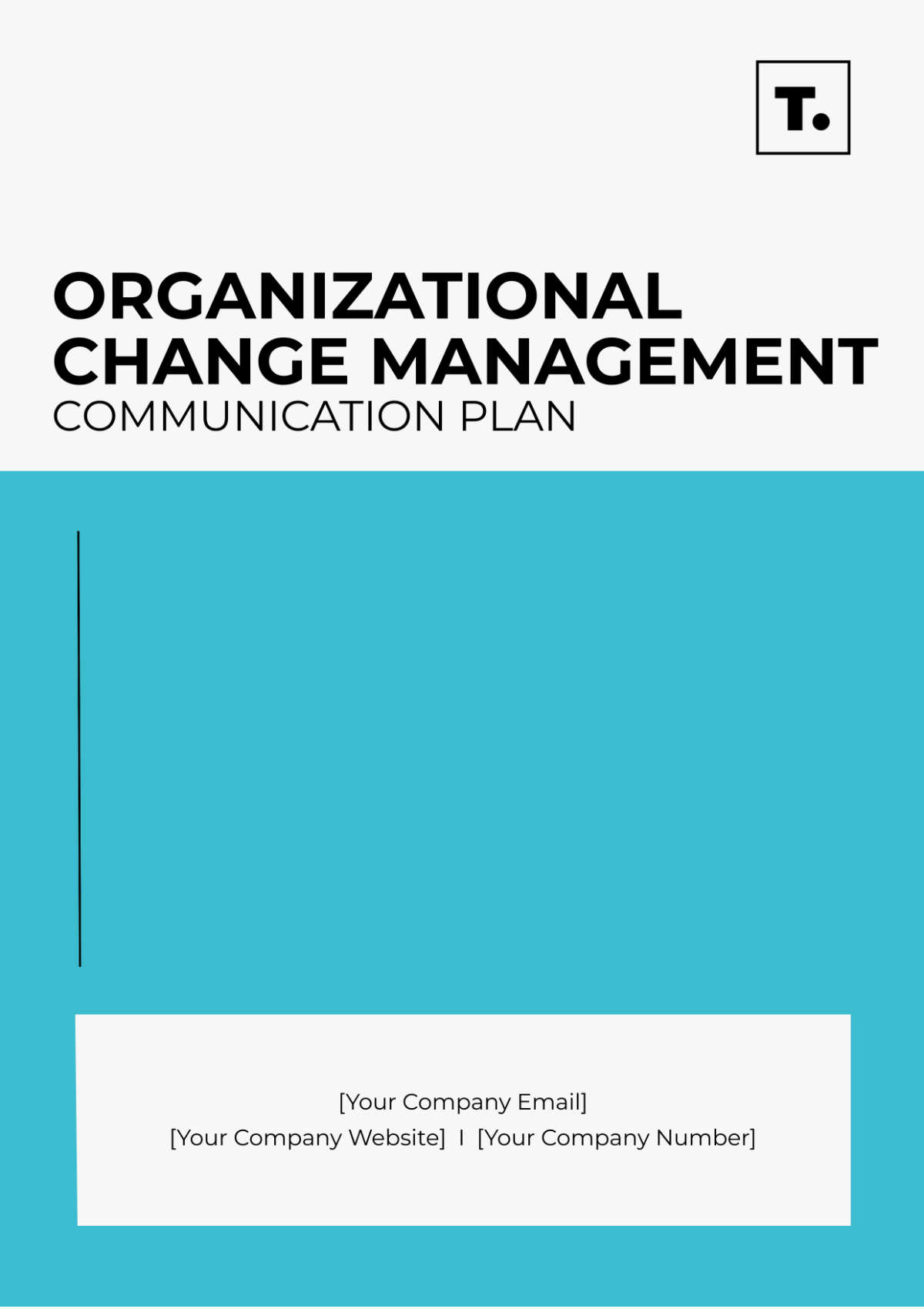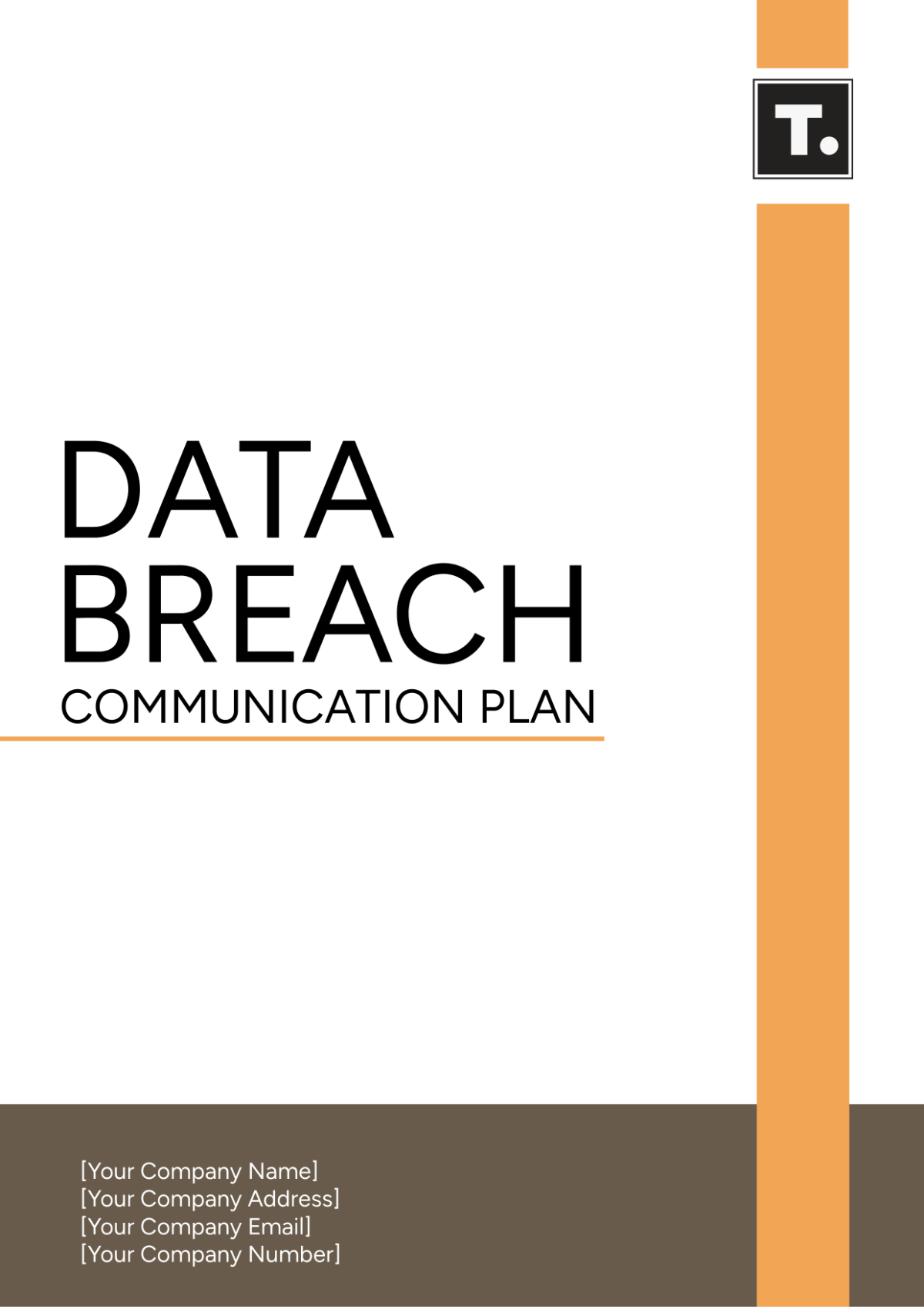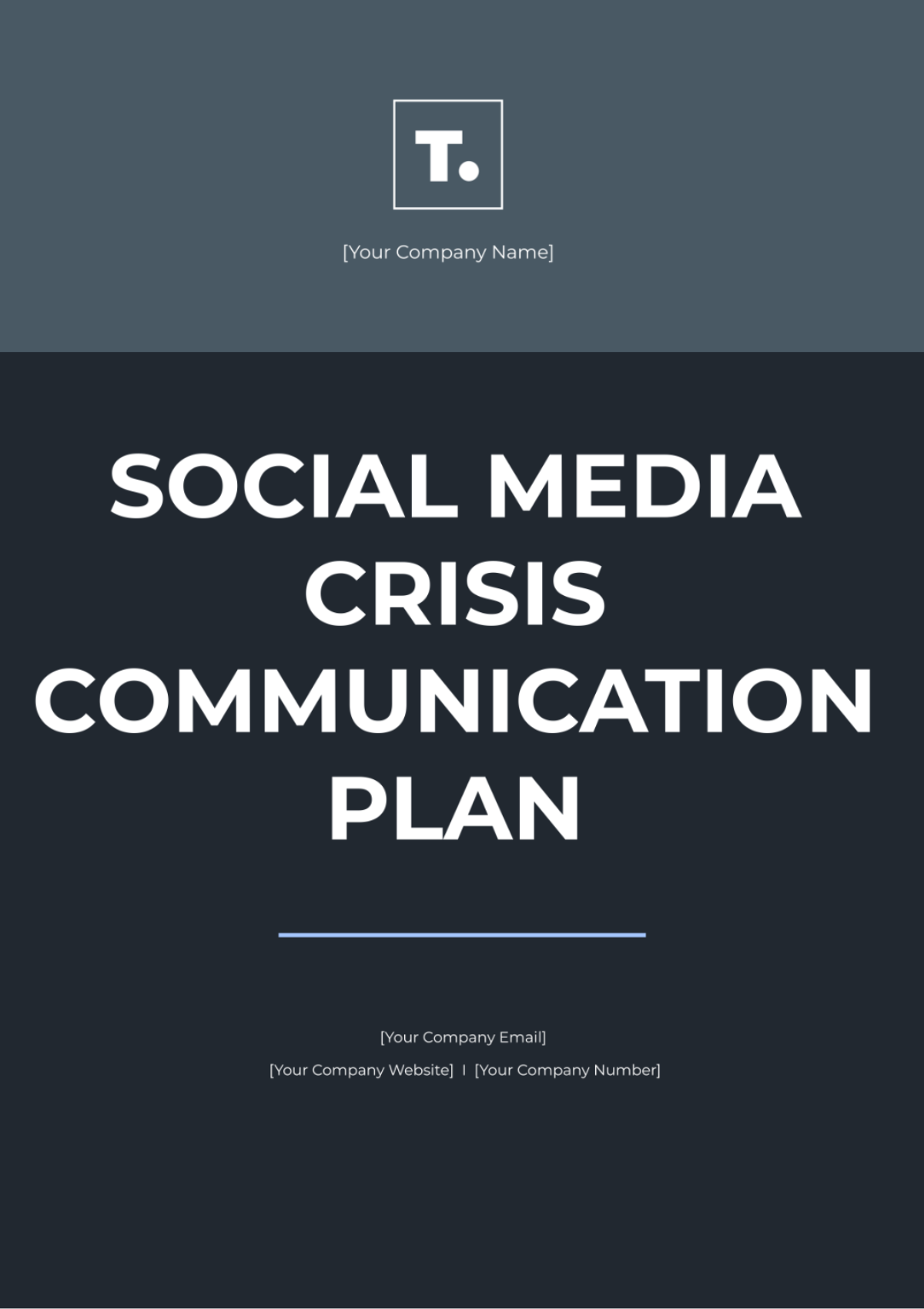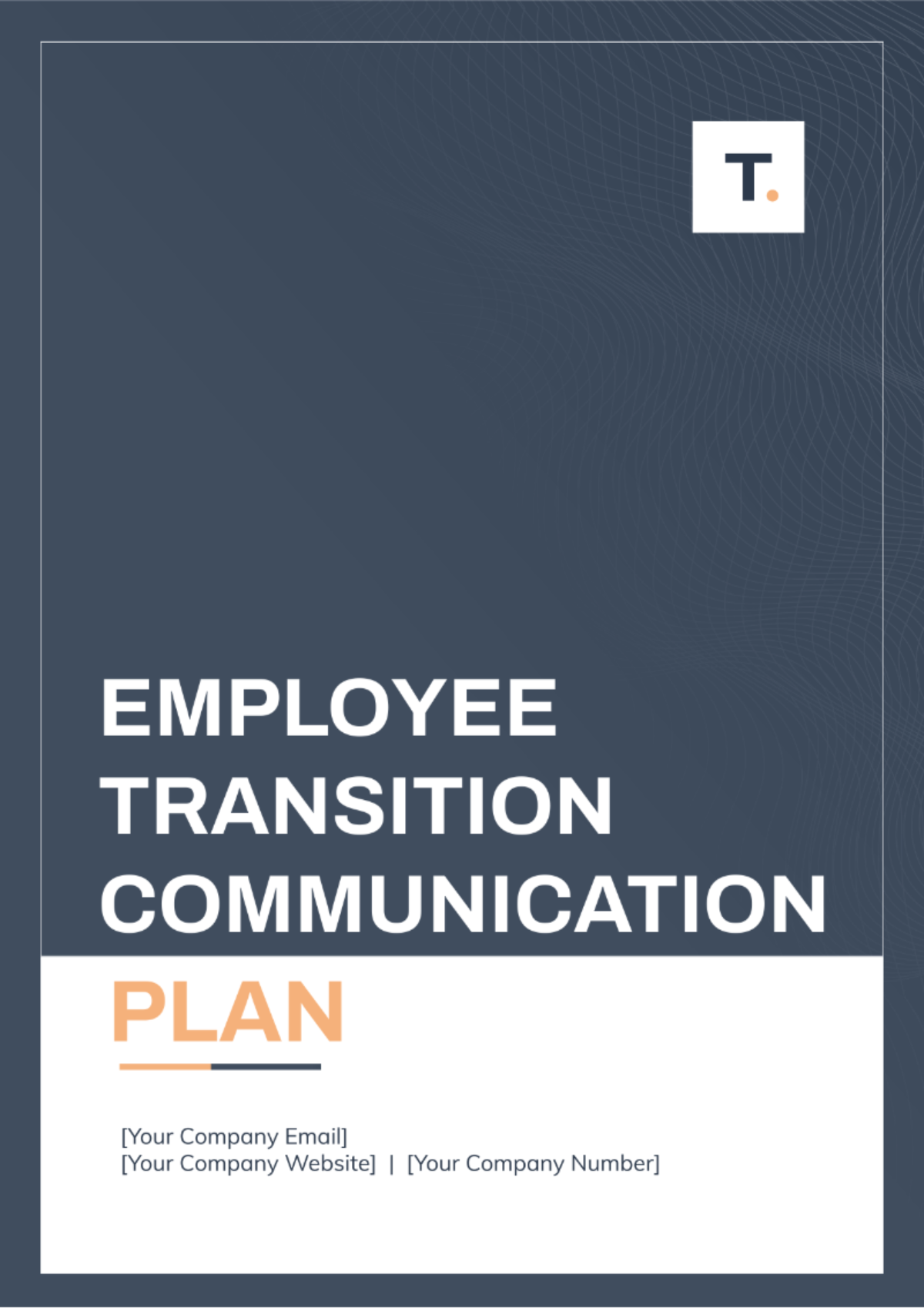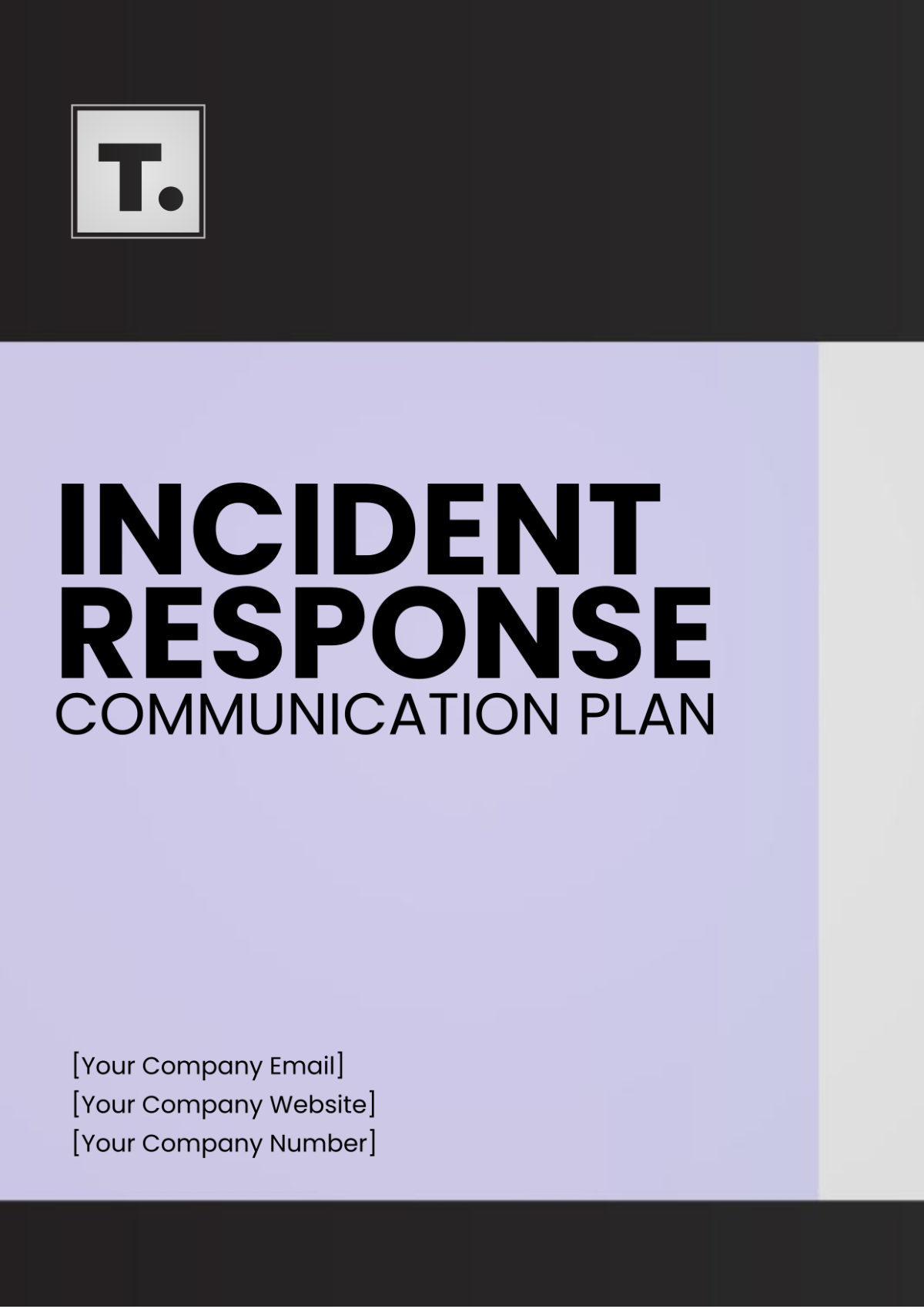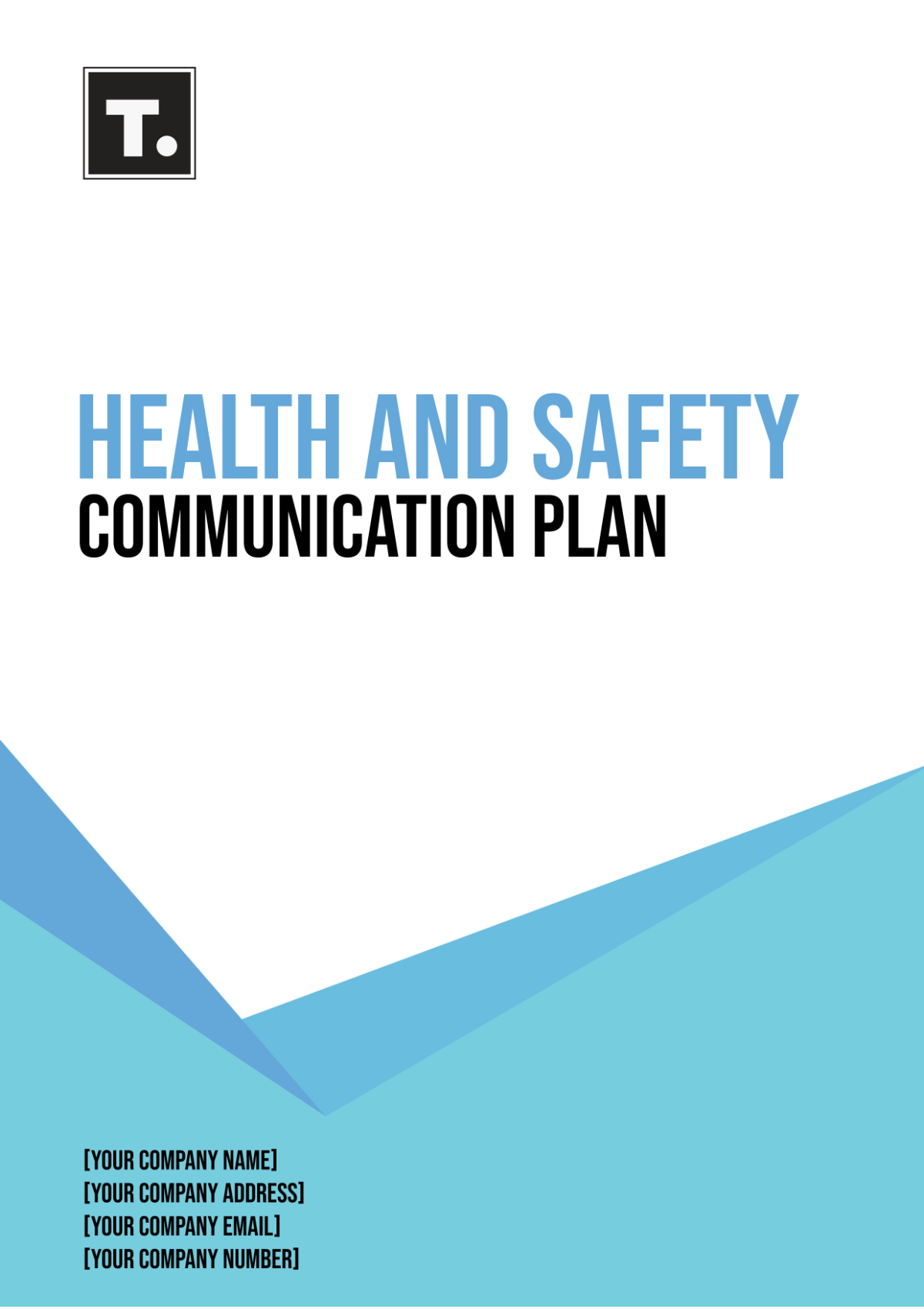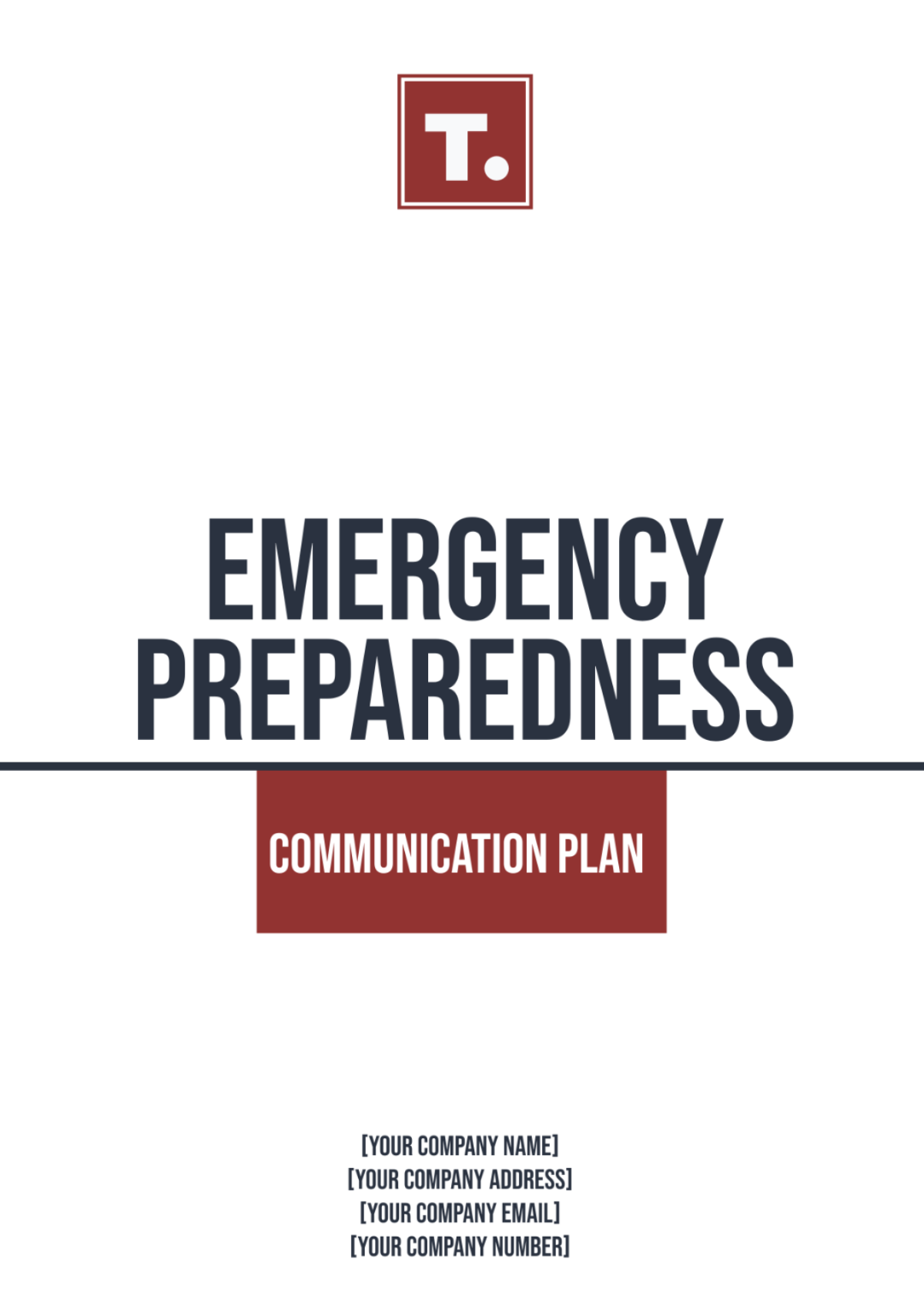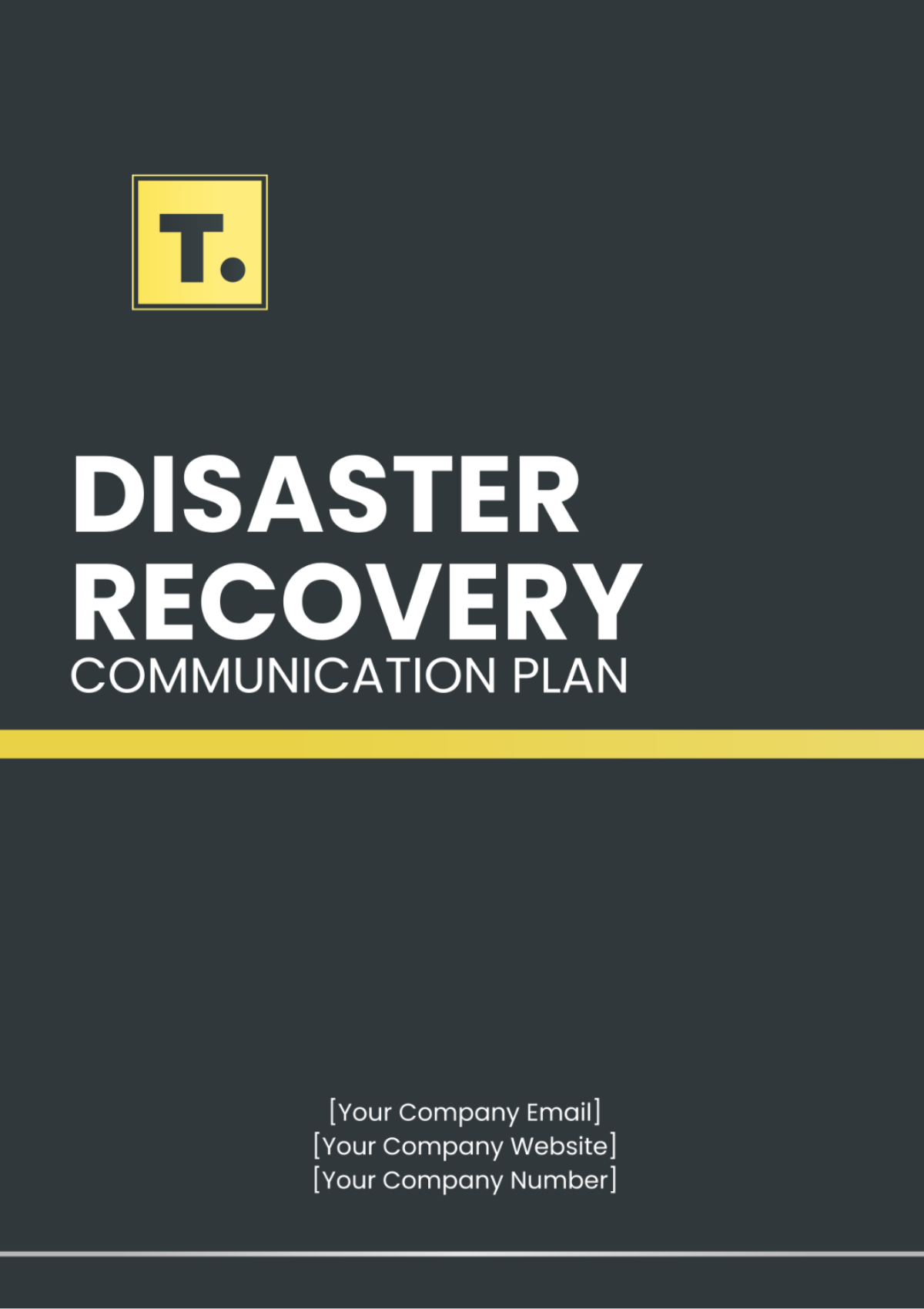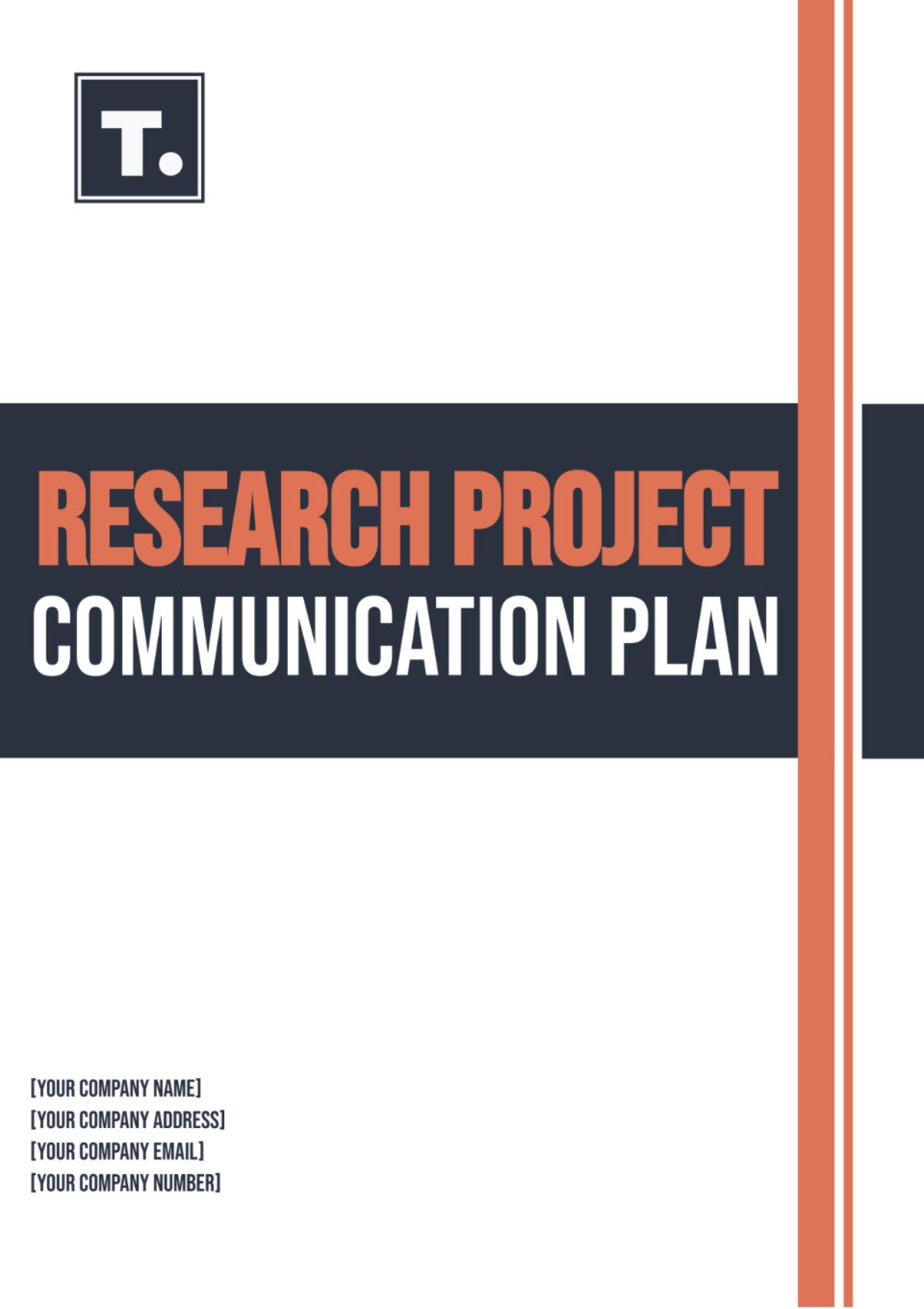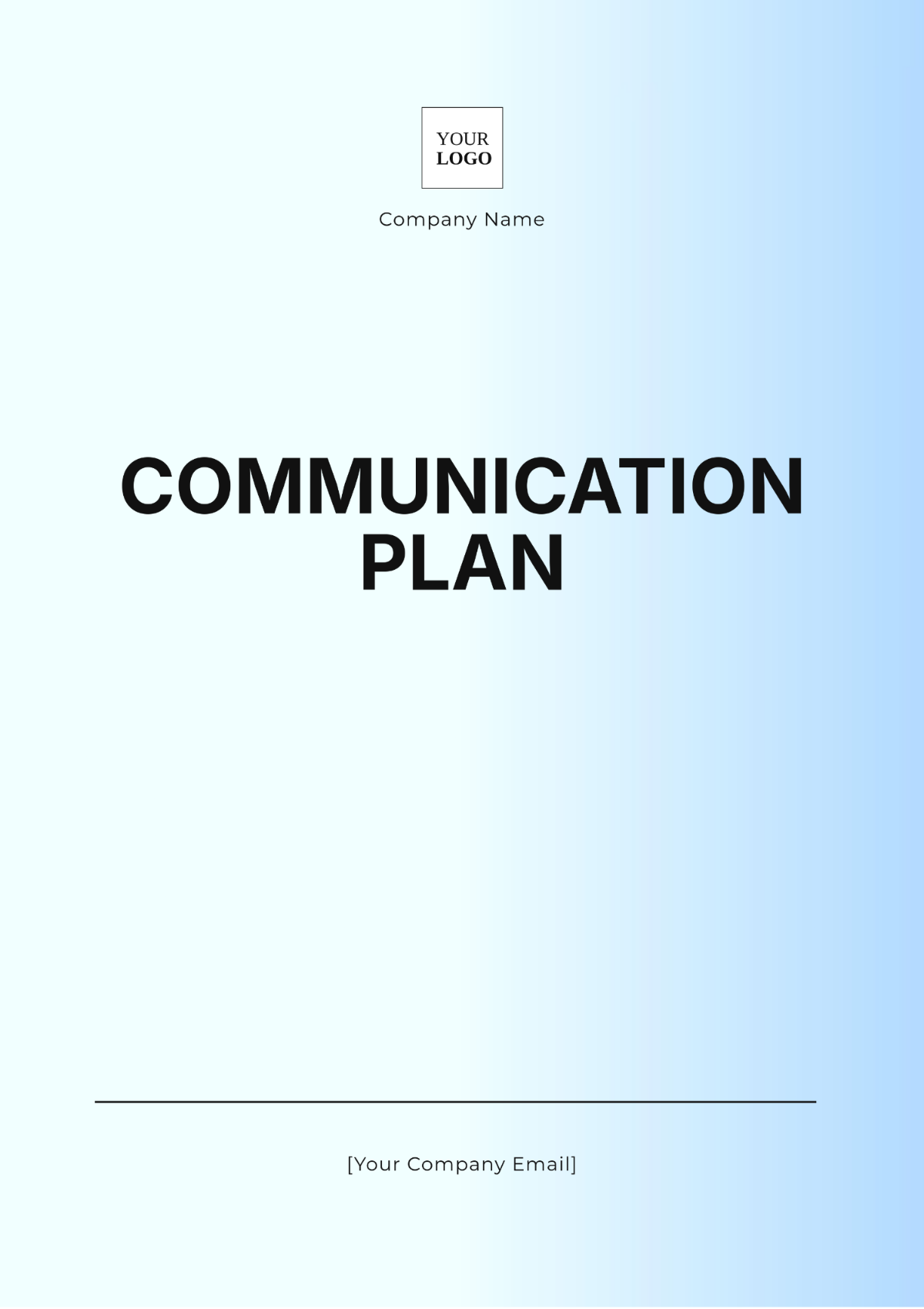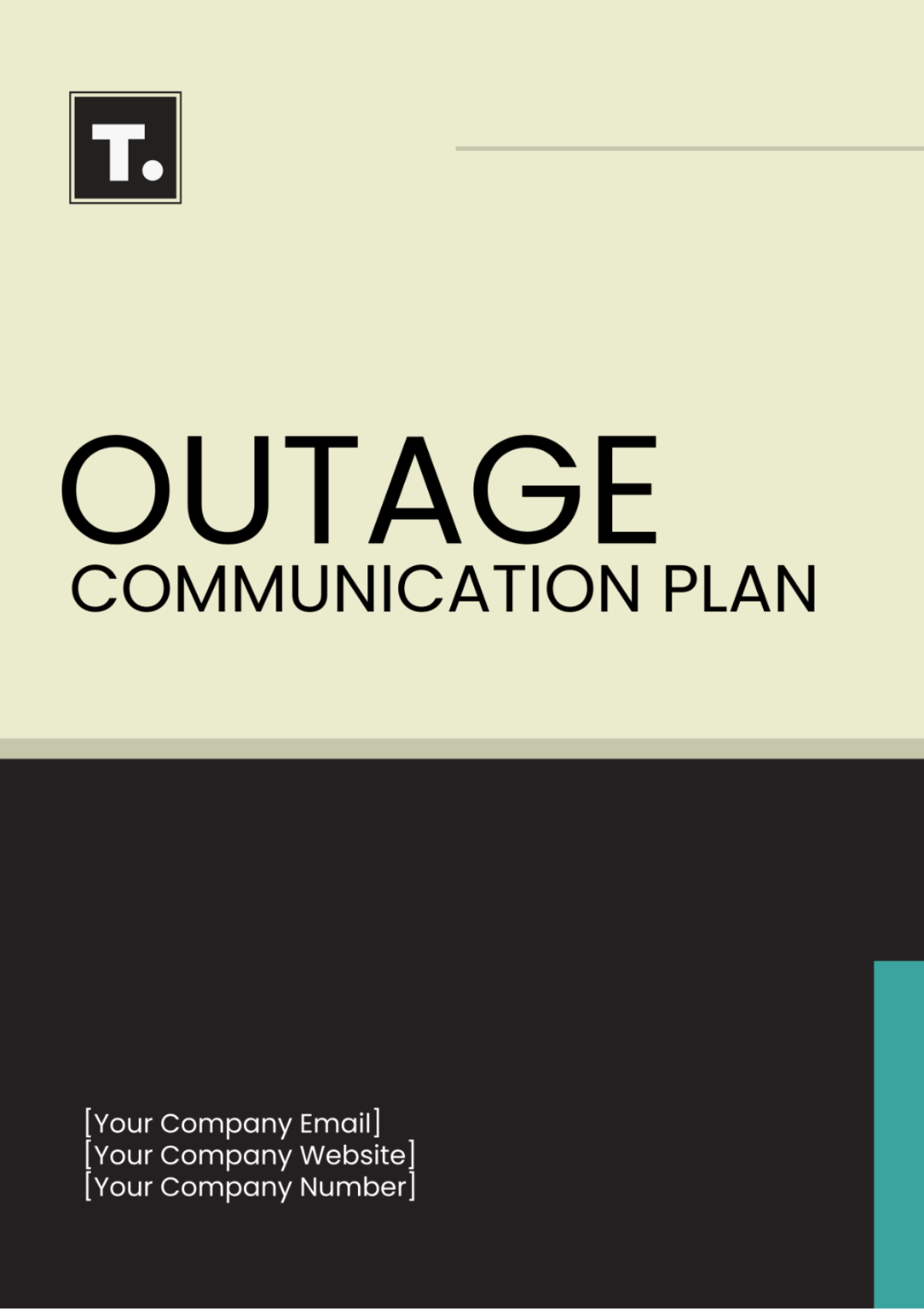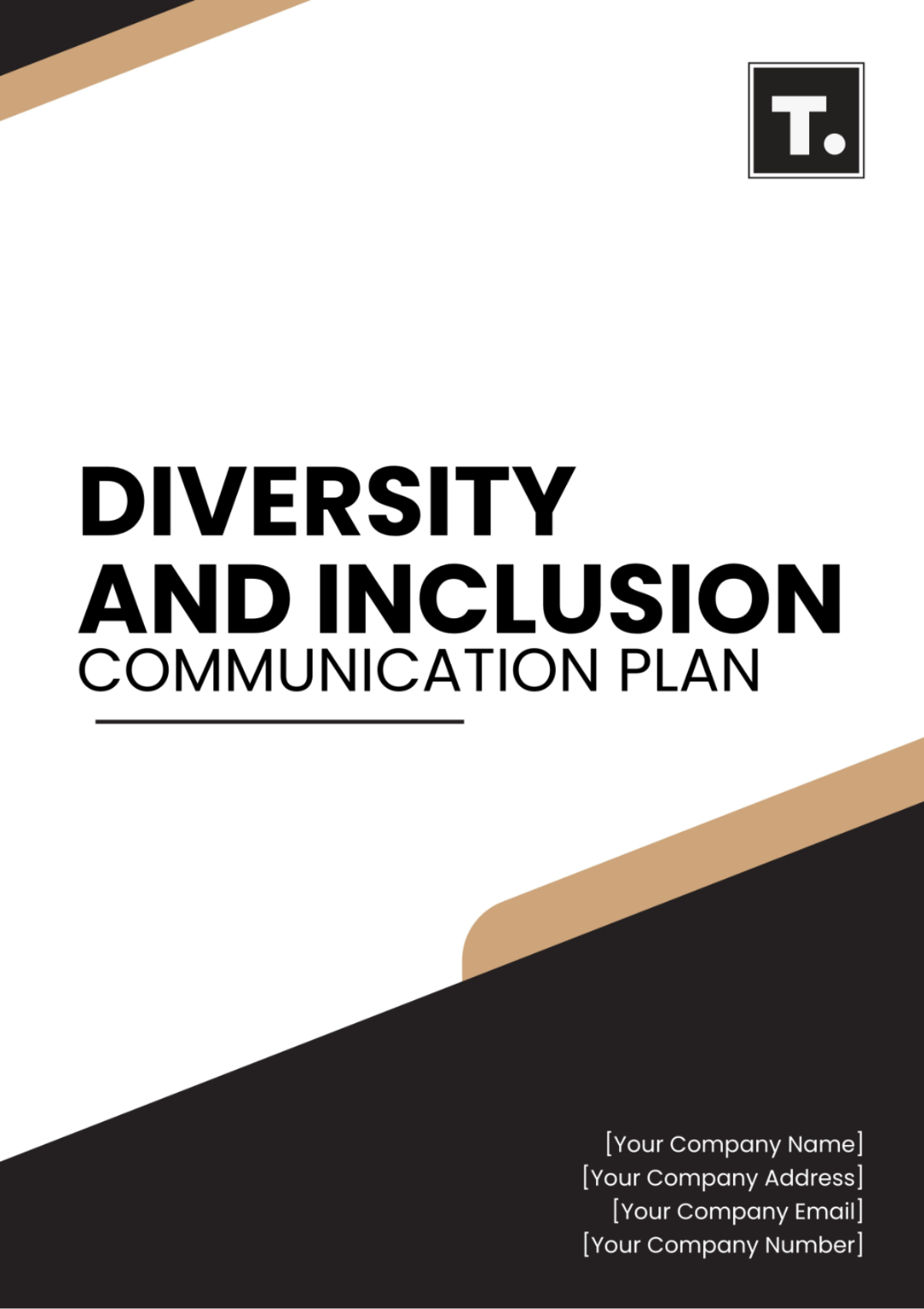Emergency Communication Plan
Prepared by: [YOUR NAME]
I. Introduction
A. Purpose
The purpose of this Emergency Communication Plan is to ensure that everyone in [Your Company Name] is informed and stays safe during a crisis or emergency. It serves as a roadmap, detailing who will communicate what information, through which channels, and when, to keep everyone well-informed and prepared.
B. Objectives
Ensure timely and effective communication during emergencies.
Minimize confusion and panic by providing accurate information.
Coordinate response efforts and support employee safety and well-being.
C. Target Audience
All employees
Management
Emergency response teams
Relevant stakeholders
II. Communication Strategy
In times of crisis or emergency, our communication strategy prioritizes clarity, reassurance, and guidance. We understand the importance of instilling a sense of safety and security among all employees. Therefore, our key messages emphasize the paramount importance of safety, providing clear and actionable instructions to navigate the situation effectively.
Regular updates are essential to keep everyone informed of developments and any necessary actions they need to take. By maintaining transparency and consistency in our communication, we aim to minimize confusion and promote a sense of trust and confidence among our workforce.
III. Communication Channels
Channel | Description |
|---|---|
Emergency Alerts | Text messages, phone calls, or emails are sent to all employees to alert them of the emergency situation. |
Internal Messaging Systems | Utilize internal messaging platforms like Slack or Microsoft Teams for real-time communication and updates. |
Public Address System | Announcements made over loudspeakers for immediate communication within the workplace. |
Website/Intranet | Posting updates and instructions on the company website or intranet for easy access by employees. |
IV. Timing and Frequency
Initial Alert: Immediately send out an alert as soon as the emergency is identified.
Regular Updates: Provide updates at regular intervals to keep employees informed of developments.
Post-Emergency Debrief: Hold a debriefing session after the emergency to discuss what went well and areas for improvement.
V. Roles and Responsibilities
Role | Description |
|---|---|
Emergency Response Team |
|
Management |
|
Employees |
|
VI. Feedback Mechanisms
Anonymous Reporting: Provide a way for employees to report any issues or concerns anonymously.
Open Door Policy: Encourage employees to reach out to management with feedback or questions.
Post-Emergency Survey: Survey to gather feedback on the effectiveness of the communication plan and response efforts.
VII. Conclusion
[Your Company Name] is committed to ensuring the safety and well-being of all employees. This Emergency Communication Plan outlines our strategy for effectively communicating during emergencies to keep everyone informed and safe. We recognize that emergencies require quick and effective communication. We will continually review and update this plan to ensure that it meets the needs of our organization and helps us respond efficiently to any crisis or emergency.








